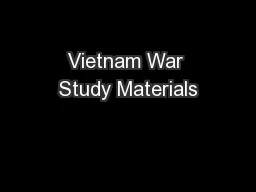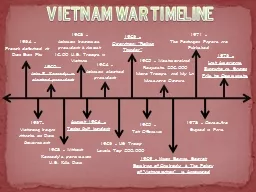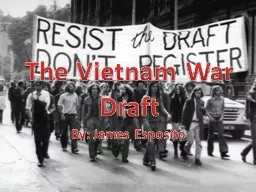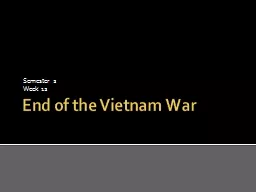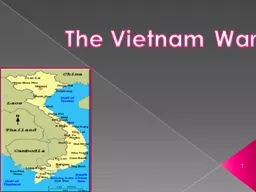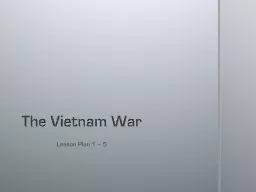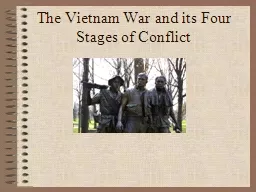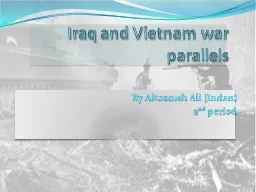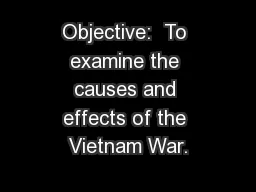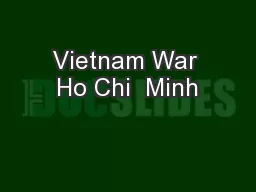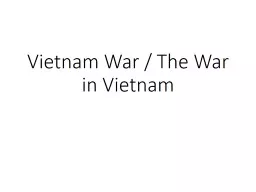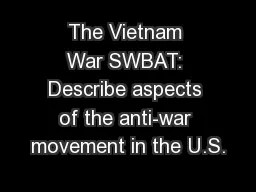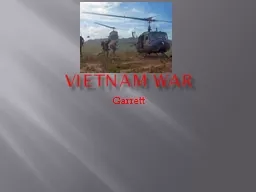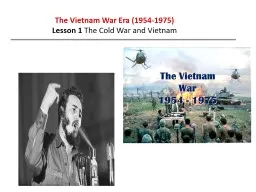PPT-Vietnam War Study Materials
Author : celsa-spraggs | Published Date : 2018-10-27
With Visuals Set 2 of 2 Americanization of the War Americans p 736737 Alive p666 In August 1964 a US warship was attacked by North Vietnamese torpedo boats in
Presentation Embed Code
Download Presentation
Download Presentation The PPT/PDF document "Vietnam War Study Materials" is the property of its rightful owner. Permission is granted to download and print the materials on this website for personal, non-commercial use only, and to display it on your personal computer provided you do not modify the materials and that you retain all copyright notices contained in the materials. By downloading content from our website, you accept the terms of this agreement.
Vietnam War Study Materials: Transcript
Download Rules Of Document
"Vietnam War Study Materials"The content belongs to its owner. You may download and print it for personal use, without modification, and keep all copyright notices. By downloading, you agree to these terms.
Related Documents

